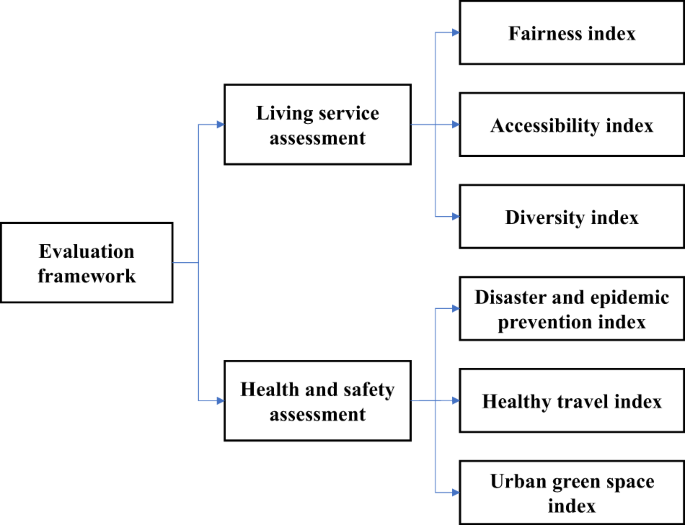
- Select a language for the TTS:
- UK English Female
- UK English Male
- US English Female
- US English Male
- Australian Female
- Australian Male
- Language selected: (auto detect) - EN
Play all audios:
Technology and business sophistication have moved scam operations from the hands of small-time crooks into a booming, multibillion-dollar transnational industry. As a result, scam artists
are now able to reach millions of targets within minutes. This AARP survey examines rates of encounters and financial loss from 26 types of scams that are prevalent in the U.S. It also
looks at whether various risk factors and protective factors influence fraud susceptibility. The survey reached over 9,000 Americans ages 18+, including 1,085 fraud victims, making it one of
the largest studies AARP has done on consumer fraud. Notably, the survey respondents were not informed that the 26 scams encounters were "scams." Instead, they were described as
"scenarios that are seen in the marketplace." Those indicating that they were exposed to one or more of the 26 scams met the initial screening criteria and were asked an additional
set of questions. Additionally, those who indicated that they spent money as a result of the scenario were classified as having experienced a financial loss from a scam. The survey found
that an estimated nine in 10 Americans (229 million people) encountered a fraud attempt in the past year and that one in six (33 million people) lost money to a scam. Although anyone can
experience a scam — regardless of education, age, race, or ethnicity —the study uncovered specific environmental and emotional factors that were common among fraud victims (e.g., more
stressful life events, less social/family support, stronger emotional responses, and exposure to more scam encounters). Together, these dominant risk factors increase our susceptibility to
scammers' tactics that focus on our emotional triggers, recent challenges, and sense of isolation to achieve their theft. The implications of these findings suggest new approaches to
informing the public about ways to prevent fraud. In addition to this national report, two additional reports (i.e., focusing on Black/African American adults and Hispanic/Latino adults)
were also conducted. To view them, click the links below. METHODOLOGY Interviews were conducted in English and Spanish between October 26, 2020 and November 17, 2020 by NORC at the
University of Chicago using their AmeriSpeak® Panel, a probability-based panel designed to be representative of the U.S. general population. A total of 3,280 interviews, including
oversamples of 739 Black/African American respondents and 704 Hispanic/Latino respondents, were completed. Among the total sample, 1,085 experienced a financial loss from a scam and 2,195
did not experience financial loss from a scam. FRAUD SUSCEPTIBILITY REPORTS TOTAL POPULATION INFOGRAPHICS AFRICAN AMERICAN/BLACK INFOGRAPHICS HISPANIC/LATINO INFOGRAPHICS SEE ALSO: 2022
FRAUD VICTIM RECONTACT STUDY (MAY 2023) For questions, please contact Alicia R. Williams at [email protected]. For media inquiries, contact External Relations at [email protected].



:max_bytes(150000):strip_icc():focal(584x489:586x491)/bill-gates-01-122122-3dca1a10ca5b4473af97402696129443.jpg)




